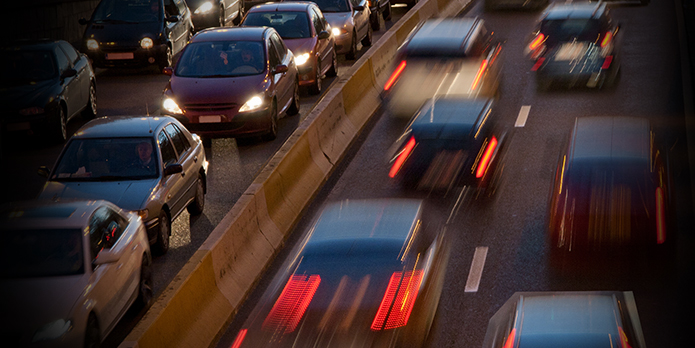
M4 – relief road or Metro?
Pardon the pun, but the debate about transport in South East Wales seems to be suffering from tunnel vision.
The problem is defined as the bottleneck at Brynglas. The solution is confined to building another motorway.
That we need investment in transport is beyond doubt. But why is the current public consultation on an M4 relief road being conducted as if there is no alternative beyond various other road-based options? Why has the proposed Metro system for the region been excluded from the discussion?
When I moved to Newport in 1993, the debate about an M4 relief road was red hot. But I sense now, as weary battle lines are drawn between ‘environmentalists’ and ‘business’, that many people feel they are in no man’s land.
So let’s step out of the trenches for a moment and ask ourselves what it is we are trying to fix.
Like it or not, Newport, Cwmbran, the valleys and Cardiff are a single economic entity. We can flourish together, or flounder separately.
In order to flourish, people need to be able to move around the region swiftly and cheaply to work, study and shop.
But, at the moment, we are relying almost entirely on one mode of transport to do the job.
The M4 is congested because nearly half the people using it – and more at peak times – are driving to work and making other journeys of 20 miles or less.
It’s senseless. Cars are great for unpredictable journeys, such as when you want to wander off the beaten track.
But, when thousands of people are following predictable patterns of movement every day, public transport comes into its own – as long as people have the choice.
Other city regions have long been turning their back on a car-exclusive approach. Greater Manchester built a Metro system twenty years ago and has now raised another £1.5 billion to expand it. Edinburgh has nearly completed a nine-mile tram line at a cost of £800m.
Even Los Angeles – that bastion of 1960s freeway culture – has built six Metro rail lines with 100 stations and 88 miles of track and plans to spend nearly twice as much on public transport as on the highways over the next thirty years.
In south east Wales, business and retail parks have been planned for car users. For me to get to work at Cardiff Gate from Caerleon, public transport is not a realistic option.
But a Metro system would give people a choice – and it’s not a pipedream. Two years ago, the Cardiff Business Partnership published a report outlining plans for a 140-station system.
That has now been taken further in a feasibility study commissioned by the Welsh Government.
The starting point is to get more out of the existing rail system by having faster, more frequent trains and more stations, including at Llanwern and St Mellons.
This would then be supplemented by new light rail lines to connect residential and business centres that are currently reliant solely on the road network.
The system could be built incrementally over the period to 2030 as money is raised towards the total cost of £1.9m.
This is a viable alternative to an M4 relief road. By making public transport more attractive, it would reduce congestion on the existing M4 while also being more environmentally-friendly.
It would also position south east Wales as a modern, forward looking city region, attractive to inward investors.
The aims of business and conservationists are potentially complementary. If we’re going to invest a billion or two in transport, it’s surely worth looking at all the options afresh.
Steve Howell is chief executive of Freshwater, a UK communications consultancy headquartered in Wales. Follow him on Twitter: @FromSteveHowell
